Antigua and Barbuda: A Maritime Single Window in the making
By Mike Jarrett
2018, February 1: In about a year from now, importers and exporters in the nation-state of Antigua and Barbuda will experience a breath of fresh air.
In Spring 2019, just ahead of the global deadline for new mandatory requirements on Electronic Data Interchange, Antigua and Barbuda is expected to open its Maritime Single Window. According to the new IMO standard (1.3Bis), Public Authorities have to establish systems for the electronic exchange of information by April 8, 2019.
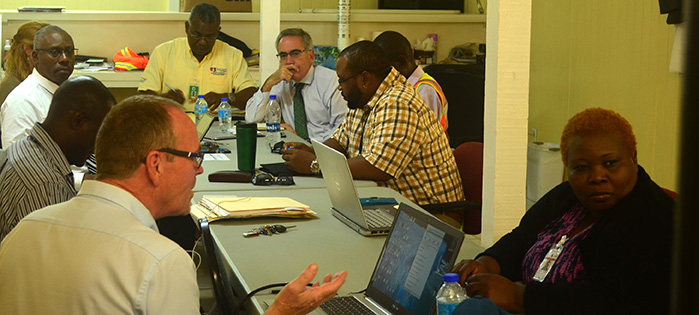
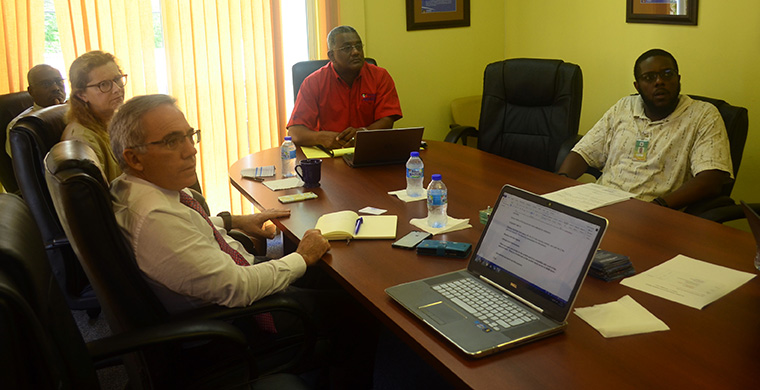
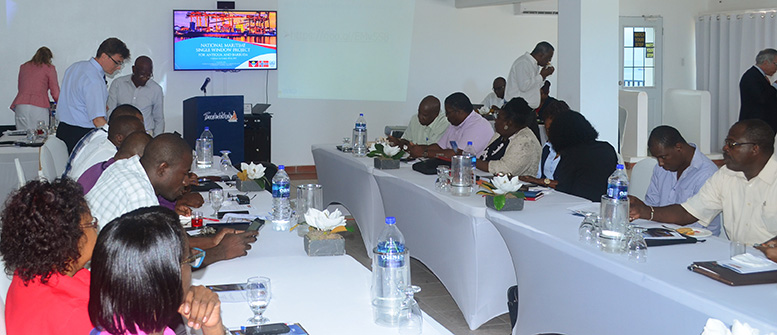
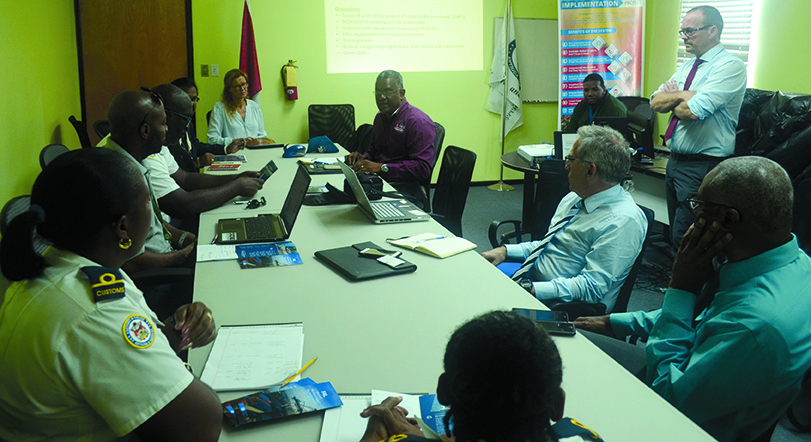
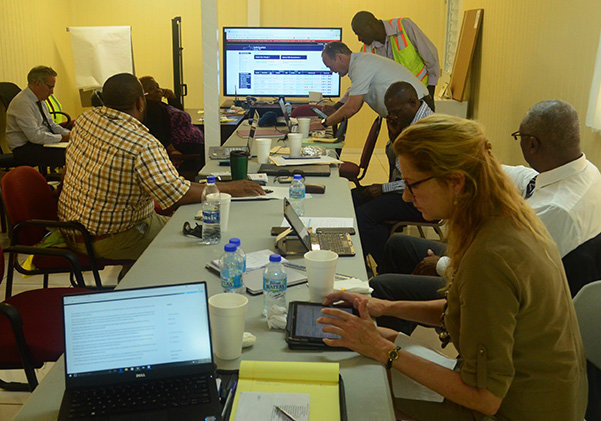
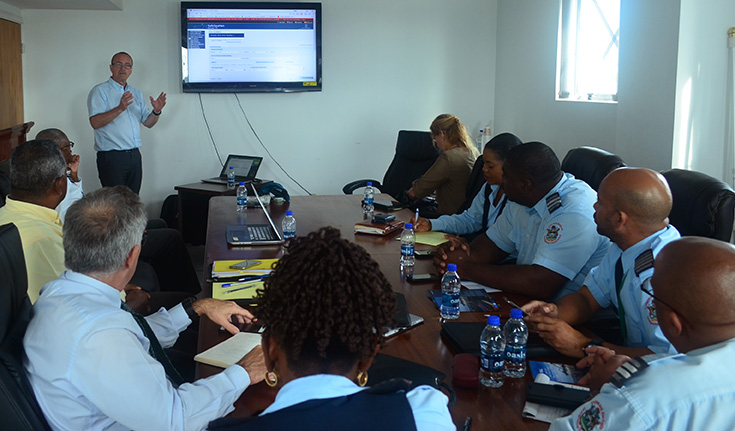

The activation of the Convention on Facilitation of International Maritime Traffic (the FAL Convention) on March 5, 1967, brought the IMO into a proactive mode in global initiatives to prevent unnecessary delays of maritime traffic through ports. The Convention’s main objectives are not just to prevent delays in maritime traffic but, also, in the process, to assist and facilitate cooperation between Governments in securing the “highest practicable degree of uniformity in formalities and other procedures.” So, for example, the Convention reduced the number of declarations which can be required by public authorities.
In the implementation of this convention, the Facilitation Committee (FAL Committee) was established to handle matters related to the facilitation of international maritime traffic, including the arrival, stay and departure of ships, persons and cargo from ports. The Committee also addresses electronic business, including the single window concept and the challenge of ensuring that there is balance between regulation and facilitation of international maritime trade.
Why a single window?
A port or, for that matter, a terminal located within a port, is far more complex than appears from the outside. It is not merely a busy place of trucks and cranes beyond a fence, receiving cargo and loading and discharging ships. That it is but, much more. It is often an arena where varied interests compete for space and time. Indoors, away from the din and bustle and cargo-handling machines, there is usually, hidden or disguised, subtle or blatant rivalry.
Stakeholder groups and regulatory entities can number up to 10 where customs, port administration, maritime authority, health, police, immigration, agricultural and defence related stakeholders, operate altogether with different systems, requirements, document and internal systems in a single port environment.
The port, as a complex of systems and functions, cannot perform effectively without seamless relationships between all stakeholders government, public sector regulatory authorities, port management, link-components in the logistics chain and private entities.
The single window concept facilitates seamless coordination between all the publics and provides a ready platform for interaction between the various logistics chain stakeholders and private interests
Other benefits of the Single Window, as noted by the IMO, include:
- to rationalize documents to be presented for clearance of ships, cargo and passengers;
- to increase the efficiency of clearance in ports;
- to cut costs by reducing delays; and
- to improve the integrity and transparency of the system, thus enhancing security and ensuring the correct revenue yield.
IMO and other International Organizations have developed different models of Single Windows, which are implemented by countries, depending on their circumstances and needs. However, currently, Single Windows do not generally take into account the maritime side of the trade. Most are mainly related to Customs clearance.
Maritime Single Window
The Maritime Single Window, as one of the (core) components of the Single Window, simplifies and brings into harmony the administrative procedures applied to maritime transport. This it does by making the electronic transmission of information standard and by rationalising reporting formalities (including, security reports, ship-generated waste, ETA to pilot station, dangerous goods, etc.)
The Facilitation Committee, at its 39th session (September 22 to 26, 2014), noted that although the majority of IMO Member States had some kind of single window related to cargo, only a few had any single window for maritime transport. With this observation (and in order to make more efficient use of the resources available under its Integrated Technical Cooperation Programme (ITCP) ), the Secretariat decided to design a prototype of a maritime single window (MSW).
At the 40th session of the FAL Committee, (when it announced the new mandatory requirements, for Public Authorities to establish systems for the electronic exchange of information by April 2019), it released then what was described as a new Recommended Practice. This practice encouraged the use of the ‘single window’ concept, to enable “… all the information required by public authorities in connection with the arrival, stay and departure of ships, persons and cargo, to be submitted via a single portal without duplication.”
At the 41st session of the FAL Committee, April 4 – 7, 2017, the way forward for IMO’s Maritime Single Window project was discussed. There was support for the development of a completely new prototype that took into account the experience of others in their development and implementation of maritime single window systems. The FAL Committee recognized that the project provided a framework that could assist Member States to help them meet their obligations to establish electronic interchange of information by April 2019. However, as the IMO declared then, the goal was not to establish a global system.
Like other delegations at the 41st session, Norway spoke about the importance of the IMO developing a Maritime Single Window. The Norwegians addressed the need to agree on the basic performance criteria for the system and then formalised their offer previously made and included in the 2016-2017 Integrated Technical Cooperation Programme. In this arrangement, Norway offered to support, in-kind and finances through the IMO, under Integrated Technical Cooperation Programme (ITCP), the establishment of a Maritime Single Window in Antigua and Barbuda.
Antigua and Barbuda and Norway are the main stakeholders for the project. IMO played a coordinating role.
The first phase of the project was marked with a ‘kick-off week’ in St. John`s in 2017 (October 9 to 13). That period allowed stakeholders the opportunity to discuss the project, to identify existing facilities and to conduct a needs assessment survey.
The plan is to install a fully functional system based on SafeSeaNet Norway (SSNN). This is an internet-based maritime single window reporting system focussed on FAL Forms.[]
Acknowledgements: The programme in Antigua and Barbuda was facilitated by:
- Siv Christen Gaalaas, Specialty Director of the Ministry of Trade, Industry and Fisheries
- Julian Abril Garcia, Head of Facilitation, IMO
- Jarle Hauge, Engineer in Chief of the Norwegian Coastal Administration
- Colin P. Young, Regional Maritime Adviser, Caribbean, IMO






